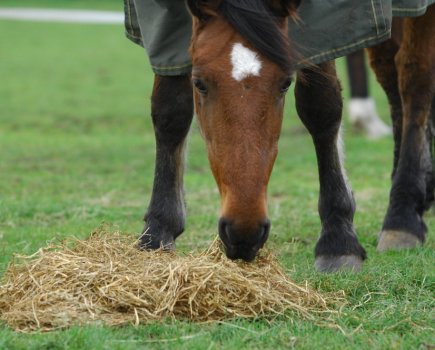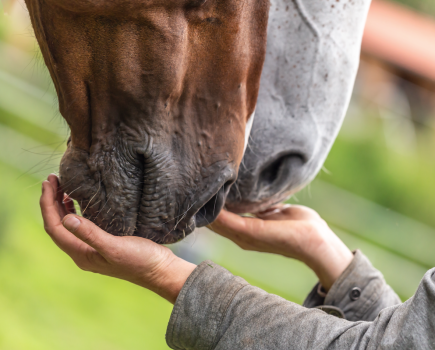
The amount you feed your horse can affect his behaviour as well as weight and condition
Over feeding your horse can lead to all sorts of behavioural issues and weight gain. The key is to feed him according to the work he’s doing – but so many of us think their horse is doing more than he is. Here, we give you the lowdown on how much he’s actually doing…
Which one best describes your steed?
– Horses in very light work:
Only ridden lightly once or twice a week
– Horses in light work:
Low intensity hacking for one to two hours, four or five times a week, as well as schooling two to three times a week and occasional riding club-level competition
– Horses in moderate work:
Schooling four to five times a week and competing every one to two weeks at a level equivalent to Novice level eventing or Elementary dressage
– Horses in hard work:
Competing in eventing at Intermediate level or above, 50-mile endurance rides and high level dressage
– Horses in intense work:
Racing, polo, three-day eventing and top level endurance riding
In terms of how much you need to feed your horse will also depend on the following…
– The type of horse he is
– Time of year
– Quality of his forage
– Nutrients in the soil
– Whether he’s a good doer or poor doer
– His work load
– His age
If you’re unsure of how much to feed your horse, contact a nutritional helpline for advice.
Weigh it up
Weigh your horse regularly and keep an eye out for any sudden changes. He needs around 2.5% of his bodyweight in food every day (that includes his bucket feeds as well as his hay or haylage).
If he’s overweight then you need to feed lower calorie forage – hay soaked overnight is a good bet. If he’s underweight choose a high calorie concentrate feed and chaff (eg alfalfa) as well as quality forage.









